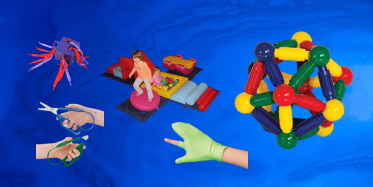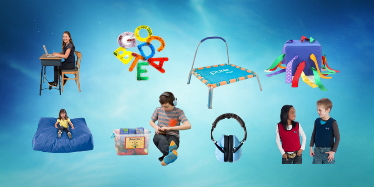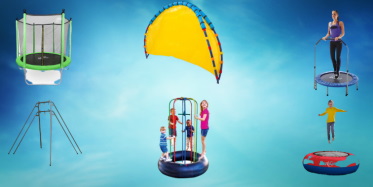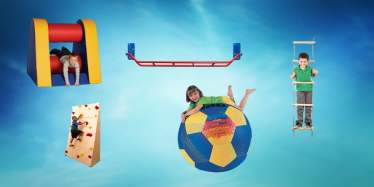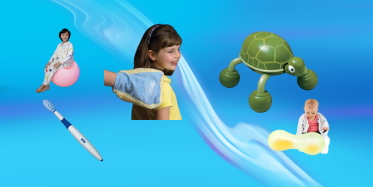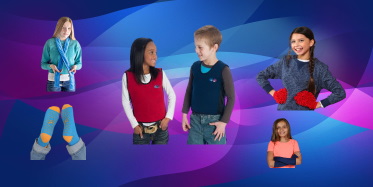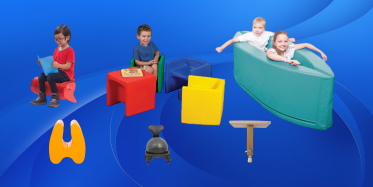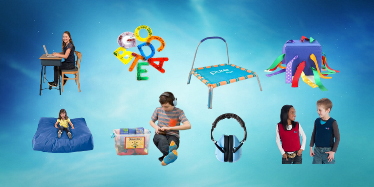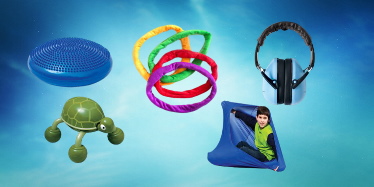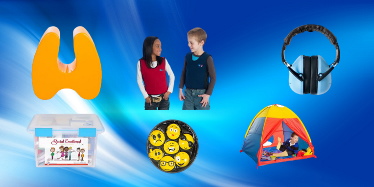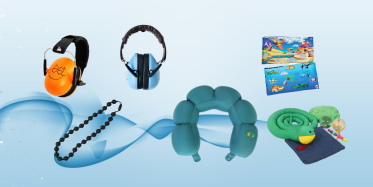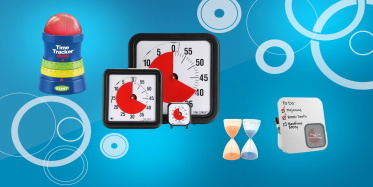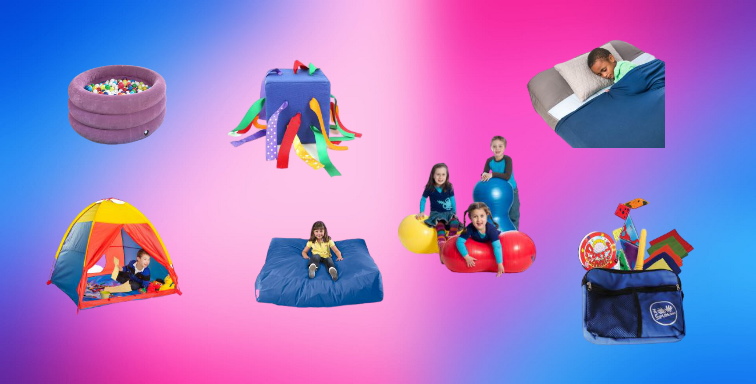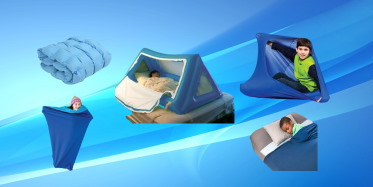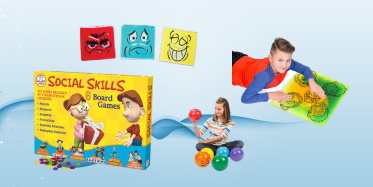FAQ
How early can you tell if an infant has ADHD?
There are no clinical guidelines of ADHD symptoms in babies, toddlers or preschoolers under 4 years old. However, the early signs of ADHD can sometimes be spotted in infants as young as two years old. The difficulty in telling if an infant has ADHD is that many of the symptoms of ADHD resemble the natural behavior of young children. That said, there are cases where preschoolers as young as two years old have been diagnosed with ADHD. Infants that persistently cry excessively or have feeding or sleep problems can be showing the early signs of ADHD.
Early signs of ADHD in babies
Although clinical guidelines for ADHD symptoms are only set for children over 4 years old there are some early signs to look out for. Toddlers with ADHD may be restless; run around, climb and jump excessively; talk non-stop; find it hard to settle down and find it difficult to concentrate or listen to a story for an extended period of time. Of course, all preschoolers can display these characteristics at some time without having ADHD. Nursery school children that just happen to be full of energy but don’t have ADHD will be able to focus and sit still when faced with a favorite toy or something that interests them. If you feel that your preschooler’s behavior is excessive, intense and disruptive then talk to your doctor about the possibility of an ADHD diagnosis.
How can you prevent ADHD in babies?
Although a way of preventing ADHD has not yet been discovered there are certain theories relating to prenatal behavior that could influence whether your baby has ADHD. For example, mothers-to-be who smoke, take drugs or drink alcohol while pregnant increase the chance that their baby will be born with ADHD. Similarly, pregnant women exposed to toxins in the environment and babies born prematurely have a higher likelihood of ADHD. If you suspect your baby has or may develop ADHD the best thing you can do to prevent it is to give him a stable, calm and supportive environment. Establish a regular sleep and feeding routine for the baby. It is also important to rule out any other conditions your baby might have which may have similar symptoms to ADHD.
What are the most common neurobehavioral signs of ADHD in babies?
There are no clinical guidelines for the neurobehavioral signs of ADHD in babies. Early signs of ADHD in babies can include persistent, prolonged and excessive crying as well as sleep issues and feeding problems. These signs may be caused by other co-existing conditions so it is important to consult with your doctor to rule out other causes of these symptoms.

